Needle Options
... and when to use them!
Ever wonder, am I using the correct needle for the job?
Here are some quick notes about needles.
SHARP POINT or SHARP TIP NEEDLE:
The standard needle used in embroidery is a sharp tip 75/11.
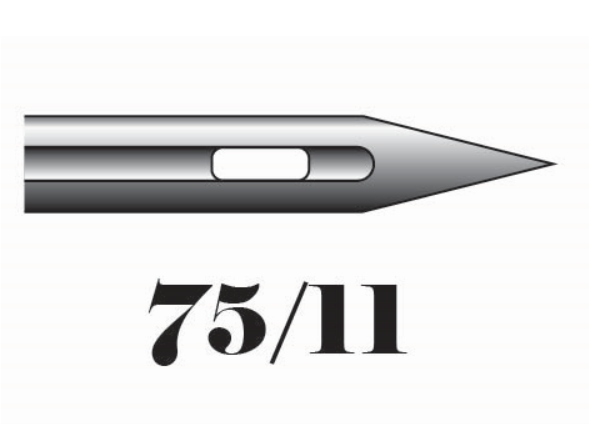
The 75/11 works best with the standard 40 wt. embroidery thread. This will work for most products and fabric types such as twill, fleece, and t-shirts.
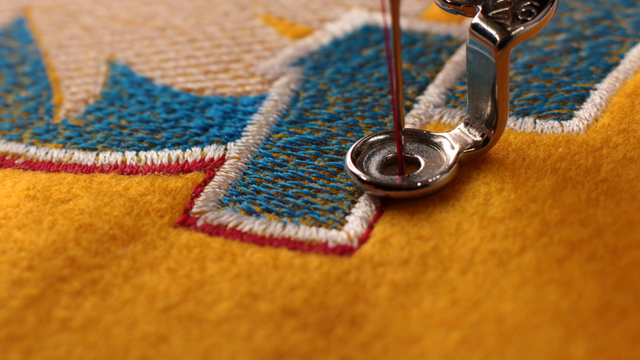
BALLPOINT NEEDLE:
Ballpoint needles can help prevent snagging on knit fabrics such as pique, loose knits, and beanies.
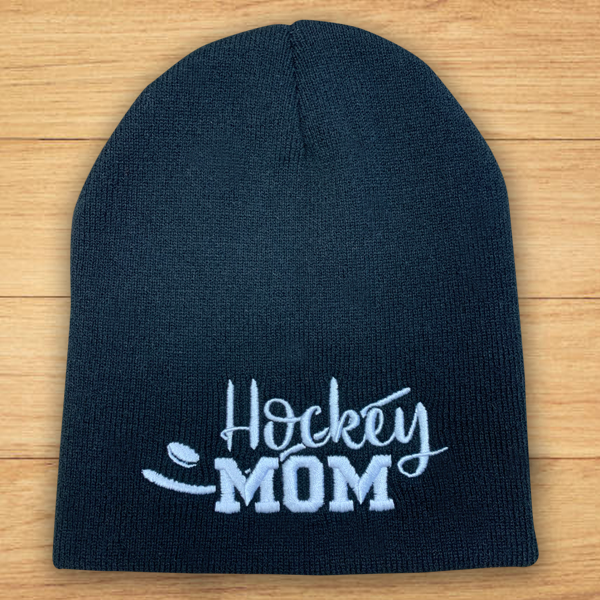

SHARP, CLEAN, SMALL LETTERING:
And finally, for a sharper look, or for cleaner small lettering, we suggest you try the 65/9 needle with 60 wt. thread.
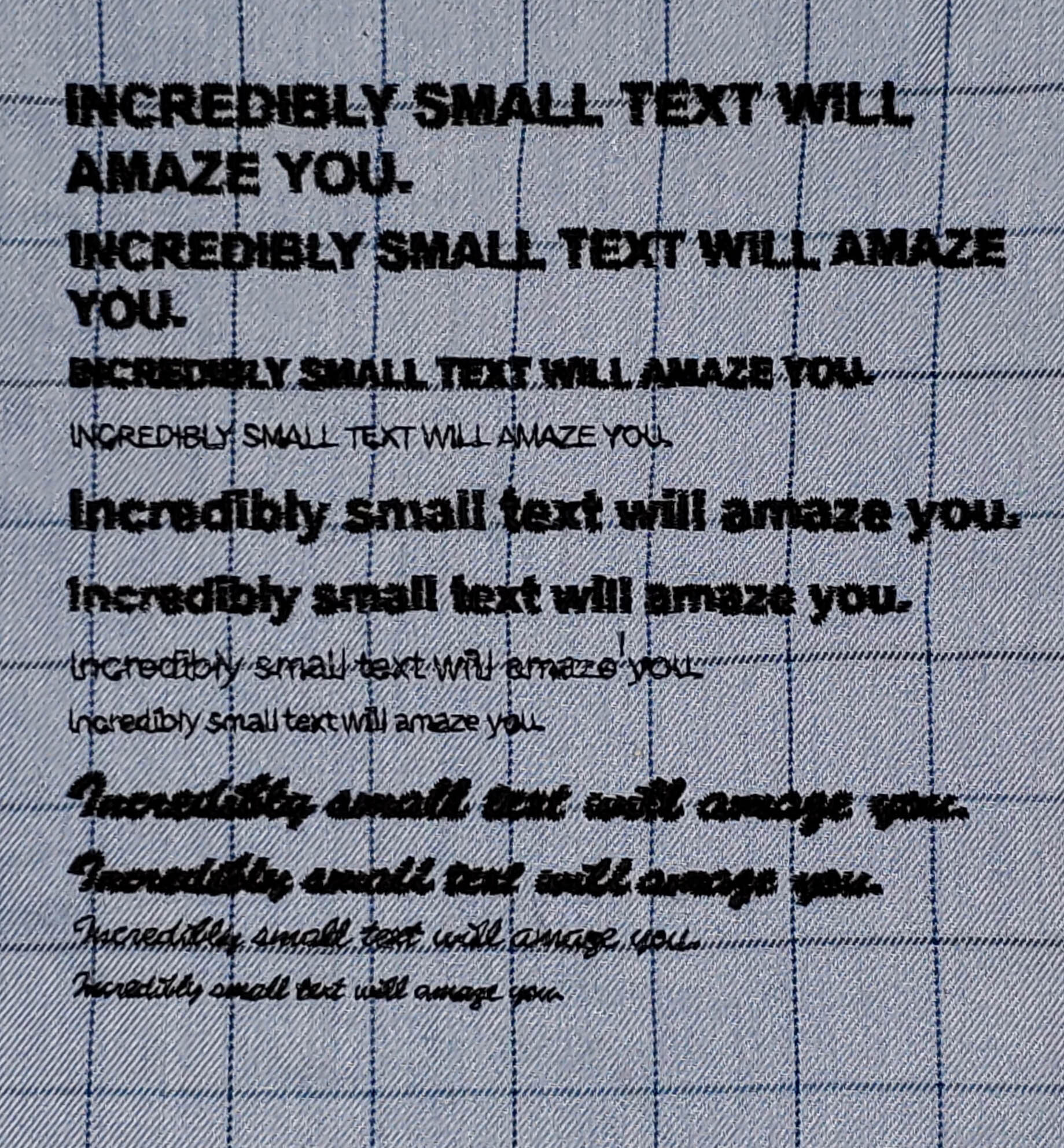
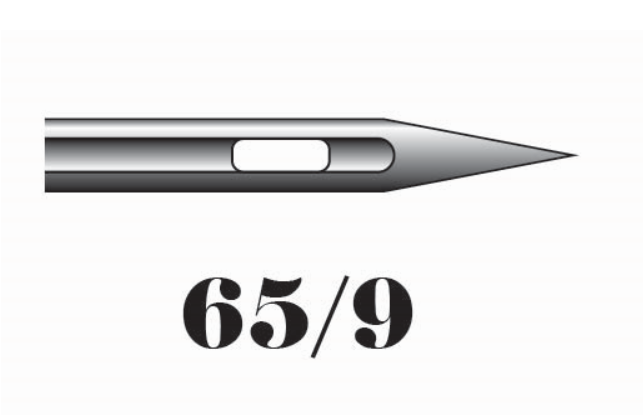
REMEMBER FOR BEST RESULTS:
When ordering a design, always let us know what part of the logo you plan on using 60 wt. threat and 65/9 needles, so we can adust the density.
* EXPERT TIP: Always keep different spare needles on hand even if you don’t use them often. They could come handy in a pinch!